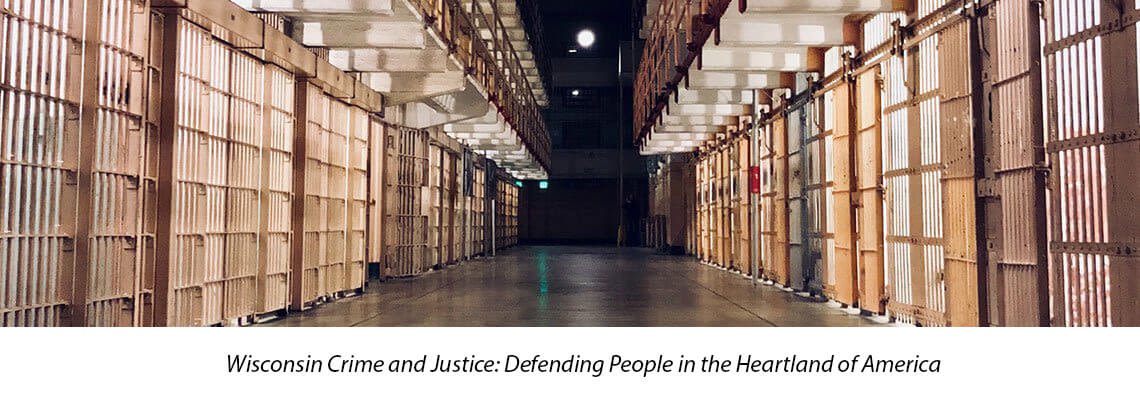
How Does Prison Work?
When a client is facing a prison sentence for the first time, they often want to know what they should expect. Even though we're often working to try to avoid that outcome, client need to be prepared for this possibility. It is standard that a person sentenced to serve a prison sentence will be taken into custody immediately after the hearing, and will not have the chance to hug family or say goodbyes first. After being taken into custody in the court room, the person will be taken to the county jail. They will remain there until they can be transferred to one of the two intake sites discussed more below; how long that will take always varies. Unfortunately, jails will not share the dates that a person is likely to be transferred.
Here, we will try to give some insight into the general lifecycle of a prison sentence as explained by the Department of Corrections Division of Adult Institutions.
Incarceration in the Wisconsin Prison System
The “lifecycle” of incarceration has three basic components, beginning at intake and continuing through their release into the community.
Reception, Orientation and Assessment
Dodge Correctional Institution (male) and Taycheedah Correctional Institution (female) function as the primary reception or intake sites within the adult prison system (DAI). During the intake processes, inmates will be oriented regarding numerous matters, such as:
• Security expectations - institution rules, movement, property regulations, and other safety issues.
• Daily living expectations - hygiene, meals, housekeeping, mail, phone calls, and visiting.
• Business matters - inmate accounts, restitution and other legal obligations, canteen, legal loans, and money transactions.
A primary function of intake is Assessment and Evaluation, often referred to as A&E. Inmates are evaluated by Health Services, Psychological Services, and Classification sections, and the process takes approximately eight weeks. At the conclusion, an Initial Classification staffing is conducted. This staffing determines inmate custody level, program assignments, and recommended site placements. After the staffing decision is approved, if a site other than the intake site is selected, the inmate transfer will occur as soon as space is available at the receiving site.
Options and Opportunities During Incarceration
When an inmate arrives at his or her assigned facility, they are provided with information about programs available to them while incarcerated. For a list of institutions, their location within Wisconsin, and the programs available at each, visit the DOC website here.
Aside from primary education, treatment and skills training programs, many other activities are available to inmates during incarceration. These vary by facility and may include:
| Community Service | Parenting | Vermaculture |
| Dog Training | Recovery Support Groups | Veterans Assistance |
| Gardening | Recreation | Visiting |
| Hobby/Craft Activities | Religious Study & Services | Work Assignments |
| Music | Restorative Justice | |
Preparing for Release
The overall goal of pre-release planning is to assist inmates in their preparation for returning to their communities by:
Providing individualized release planning with an assigned social worker, in connection with an assigned DCC probation and parole agent.
Encouraging and establishing positive contact with family and/or other support systems to initiate, maintain, and finalize release planning.
Establishing appropriate post-release residency and treatment plans, as needed.
Offering options for post-release employment and/or educational opportunities.
Providing referrals and resources for assistance throughout the pre-release process.
Encouraging participants to take personal responsibility for his/her actions now and in the future.
